As part of our new year’s resolution to cook more together and subsequently make healthier food choices, the girls and I have been trying to prepare more of our own “everyday” foods together at home.
My sister recently gave the girls a book that illustrates the familiar “peanut butter, peanut butter, jelly” rhyme I remember from my own childhood. Both avid lovers of the classic sandwich, she wanted the girls to learn the poem, which touches upon each step of creating a sandwich from making the bread to eating the finished product.
Peanut Butter and Jelly: A Play Rhyme illustrated by Nadine Bernard Westcott begins with two children seated at the lunch table, day dreaming about a big, satisfying peanut butter and jelly sandwich. Serendipitously, their reverie is interrupted by the arrival of a baker, who engages the children in making a larger-than-life sandwich from scratch to the words of the popular rhyme.
To make a sandwich of this scale, several large elephants lend their feet, crushing peanuts and grapes. The entire enterprise results in a mess that matches the enormity of the finished sandwich. In fact, the children’s mother faints when she comes upon the scene, which makes the girls giggle.
After we read the book, Willow asked incredulously, “Mom, is that really how you make a peanut butter sandwich made with jam?”
Where Does Peanut Butter Come From?
“Where does food come from?” is a really interesting question to explore with young children. We often bring the girls to the grocery to shop for our food. They’ve also seen plants grow from seeds in the greenhouse and garden at my dad’s farm. So the girls have some perspective of where the food we eat originates. Generally speaking, when the girls are involved in growing or preparing their own meals, the eating outcomes improve, too. They are more likely to try something new if they’ve had a hand in it!
To answer Willow’s question, we decided to make our own peanut butter for sandwiches and find out how peanut butter is made. Don’t worry… if you don’t have a mysterious chef and a pack of elephants to help you make your lunch like in Westcott’s version of Peanut Butter and Jelly, we’ll walk you through it.
First, the girls and I talked about where peanuts come from. My husband’s grandparents live in South Georgia in a region with big farming. One of the major crops is peanut, and the girls have seen first hand how peanuts grow and are harvested. (I first learned how to pick peanuts and enjoy them boiled on one of my first Georgia visits in 2006.)
Raw, they taste a bit like a bean; and boiled with salt, a bit like edamame. To make peanut butter, you need roasted peanuts.
Though you could shell and roast your own peanuts for peanut-butter making, we bought dry, roasted, shelled peanuts at the grocery.
Using a food processor, we pulsed the peanuts until they were very small, and added small amounts of vegetable oil while pulsing until we got the right consistency. (For the girls, super creamy is preferred!) Though you could add any number of things to sweeten the peanut butter at this point–including honey or brown sugar–and salt, we opted to keep our peanut butter as it was.
As luck would have it, one afternoon last September the girls made grape jelly with their grandparents from the Concord grapes in their grandmother’s backyard. So we had a homemade jar of jelly handy. Making our own bread felt too ambitious, so we will save that for another day.
The girls each spread the homemade jelly and finished peanut butter on their own sandwiches. While we enjoyed the sandwiches, we referred to the last page of Peanut Butter and Jelly, which has the poem in full as well as suggested motions to accompany the words.
We’ll refrigerate our peanut butter and use it for more sandwiches as well as in smoothies with chocolate almond milk and frozen bananas. Yum!
Go Beyond Reading
Use books and other local resources to spark conversations and food-making experiences with your little readers!
- Make your own nut butter (if your family does not have to worry about nut allergies.) We plan to make our own almond butter next, which is another on of our favorites.
- Search for recipes for any of your family’s favorites. We’ve discovered it is easy to make things like fruit dip and humus ourselves. The girls love tasting new foods when they’re the ones to prepare them. In my eyes, a huge benefit is being able to control what we are adding to the food, like salt and sugar.
- Conversely, you can explore a children’s book or a kid’s cookbook to get inspired by a dish or recipe. Then shop with your kids for the ingredients at the grocery or local farmer’s market. We found a simple recipe for tomato sauce in the children’s cookbook we got for Christmas. Together we made a shopping list. I let the girls select all the items for it from fresh herbs to canned goods. We cooked it (really more like simple assembly in a stock pot and some time to simmer!) and ate it for lunch.
We’d love to hear your favorite kids’ books about food and kid-friendly recipes!

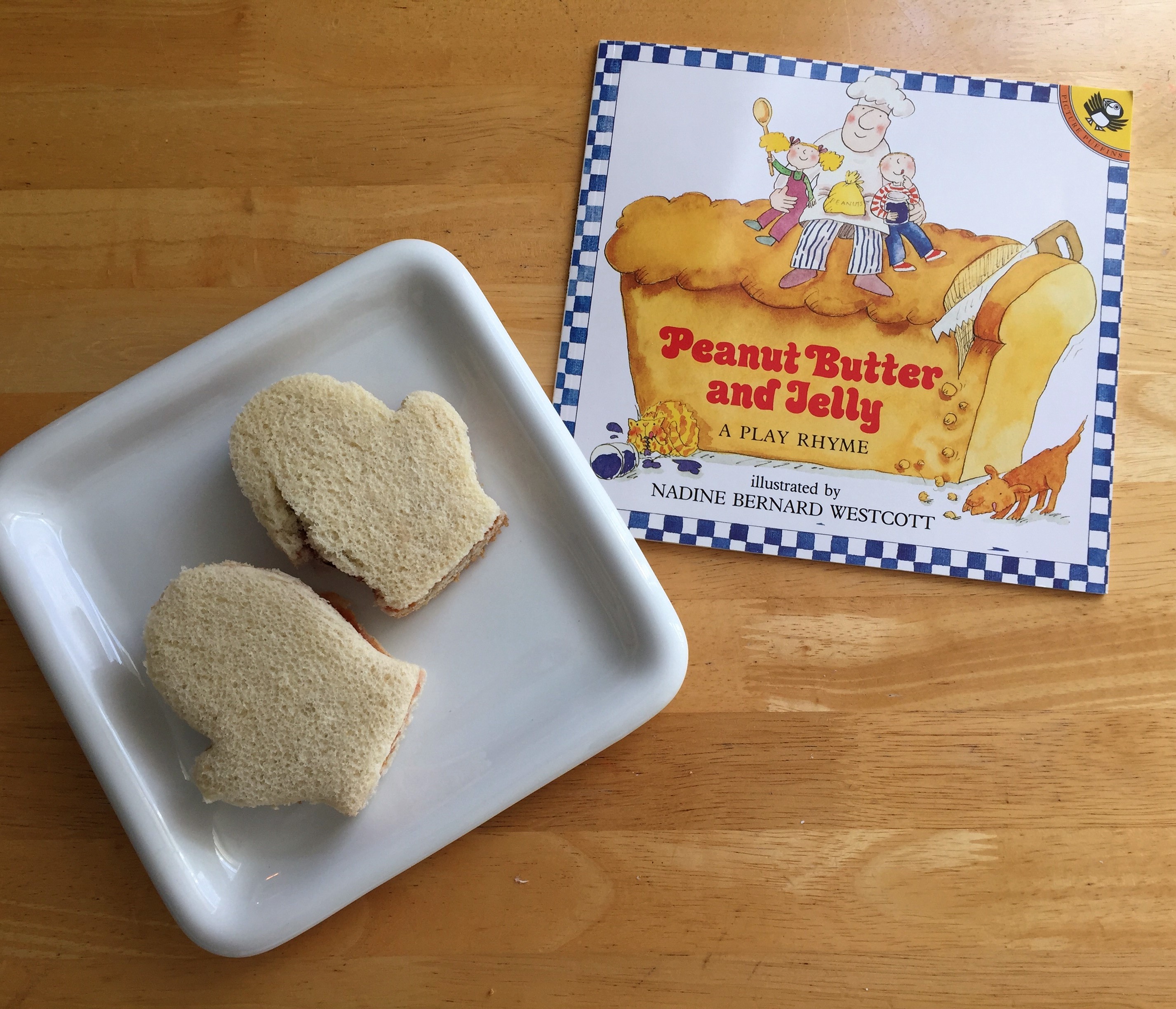
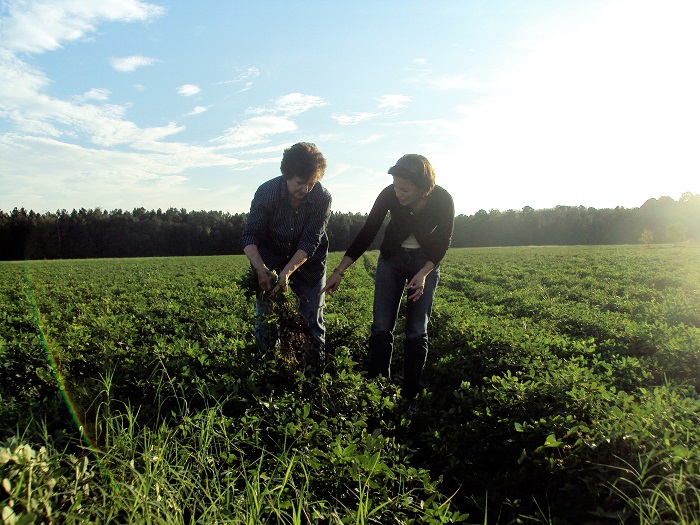
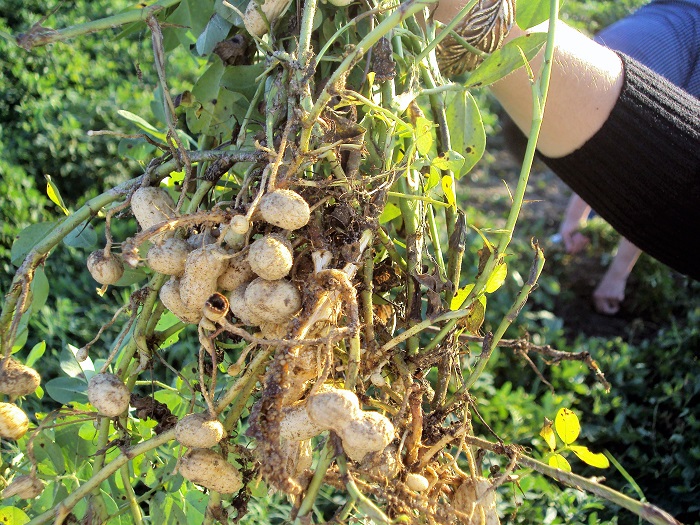

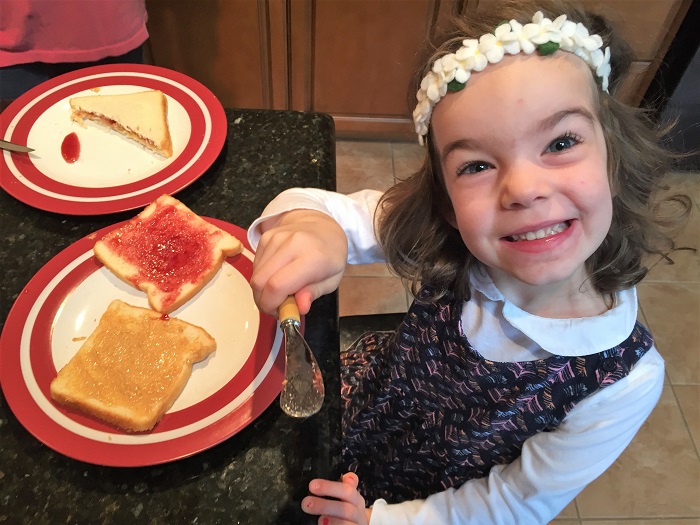
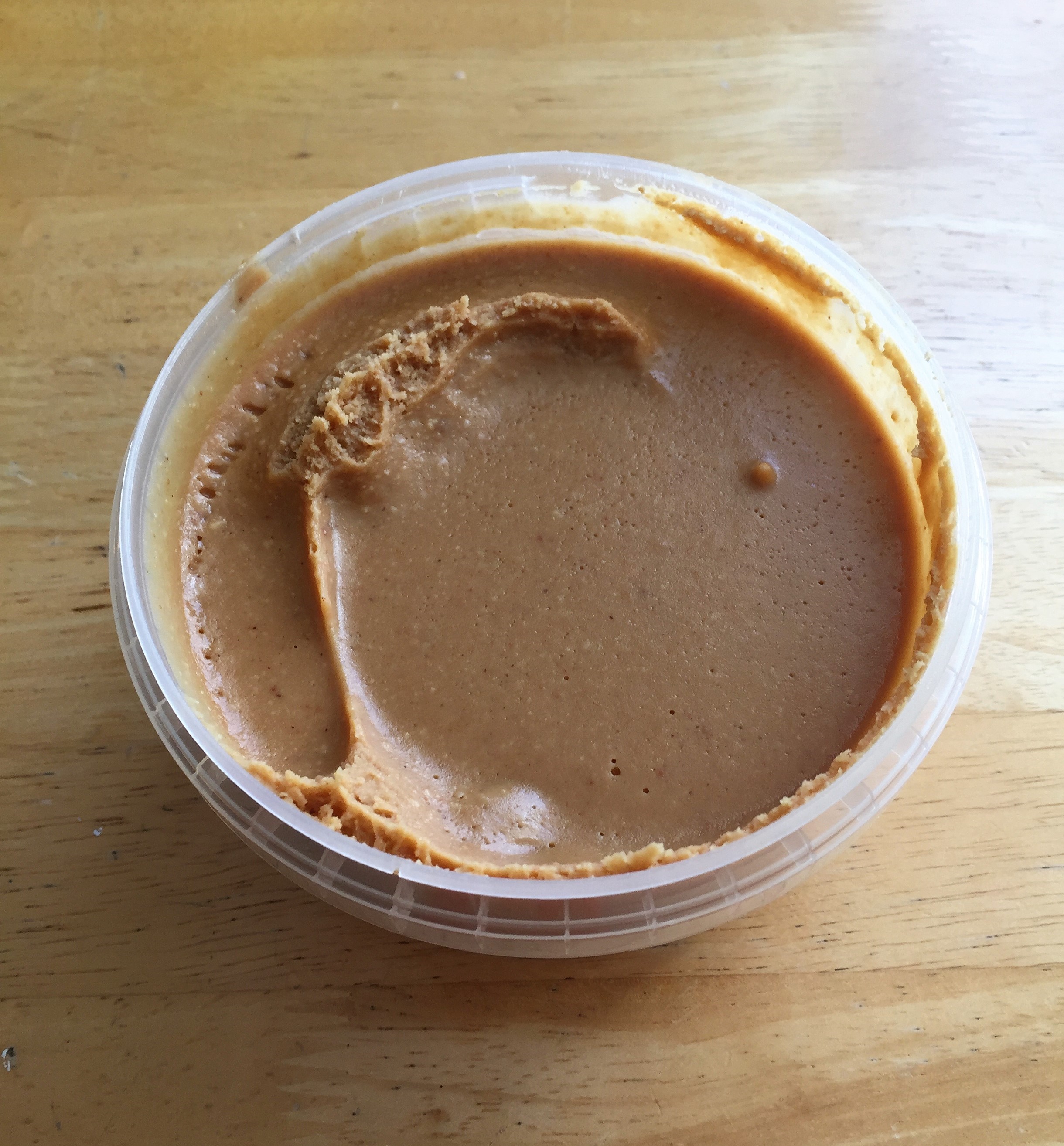
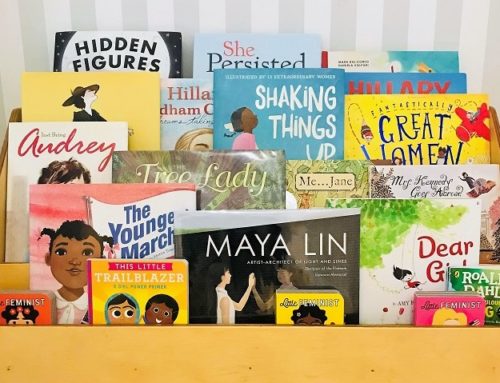
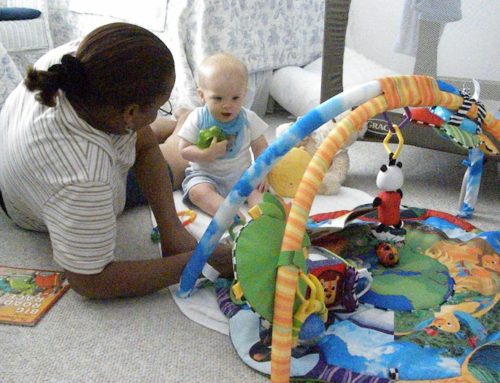
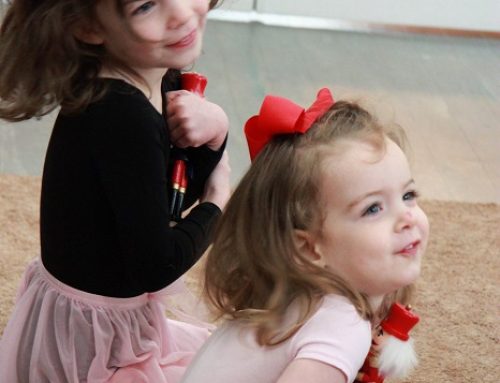
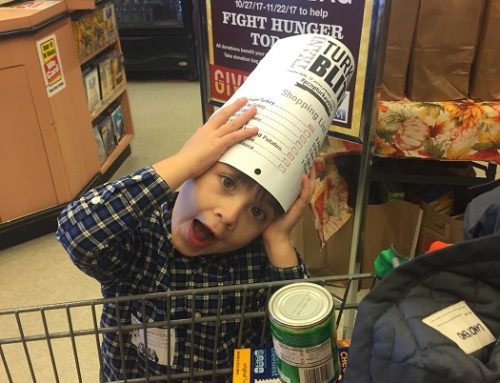
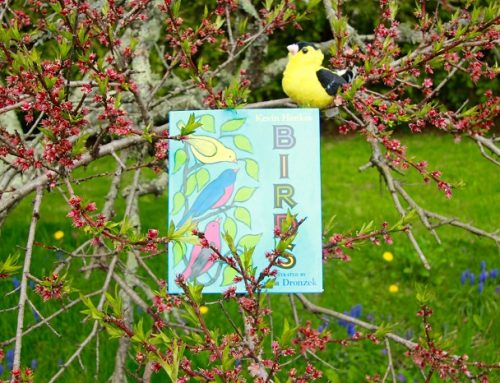



Leave A Comment